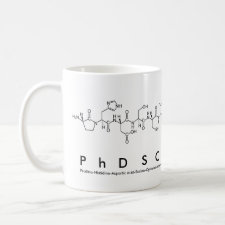
Authors: Yao W, Fang YJ, Li GL, Gao ZX, Cheng YY
Article Title: Adsorption of carbaryl using molecularly imprinted microspheres prepared by precipitation polymerization.
Publication date: 2008
Journal: Polymers for Advanced Technologies
Volume: 19
Issue: (7)
Page numbers: 812-816.
DOI: 10.1002/pat.1039
Abstract: To obtain the desired specific adsorbents for carbaryl to enrichment, separation, and analysis of trace pesticide residues in environmental water, molecularly imprinted polymer (MIP) microspheres were prepared by precipitation polymerization using carbaryl, methacrylic acid (MAA), ethylene glycol dimethacrylate (EGDMA), azobisisobutyronitrile (AIBN), and acetonitrile as template, functional monomer, cross-linker, initiator, and porogen, respectively. Molecular modeling software was used to compute rational interaction between the template molecule and function monomer. The adsorption properties of carbaryl in acetonitrile for imprinted microspheres were evaluated by equilibrium rebinding experiments. Scatchard plot analysis revealed that there was one class of binding sites populated in the imprinted polymer microspheres with dissociation constants of 3.3 × 10-2 mol/l and an apparent maximum number of 1.95 µmol/g. The specificity of the imprinted microspheres was investigated by binding analysis using carbaryl and structurally related carbamate pesticides. The results indicated that the obtained imprinted microspheres showed a good selectivity for carbaryl. Copyright © 2007 John Wiley & Sons, Ltd
Template and target information: carbaryl
Author keywords: adsorbent, Molecularly imprinted polymers, Carbaryl, precipitation polymerization



Join the Society for Molecular Imprinting

New items RSS feed
Sign-up for e-mail updates:
Choose between receiving an occasional newsletter or more frequent e-mail alerts.
Click here to go to the sign-up page.
Is your name elemental or peptidic? Enter your name and find out by clicking either of the buttons below!
Other products you may like:
 MIPdatabase
MIPdatabase









